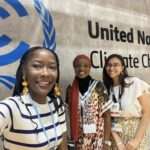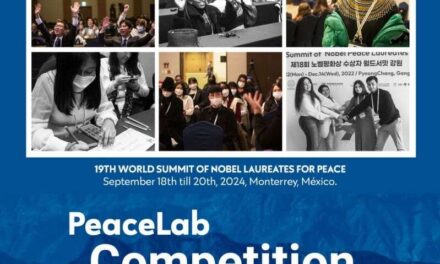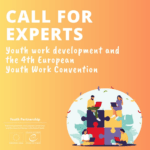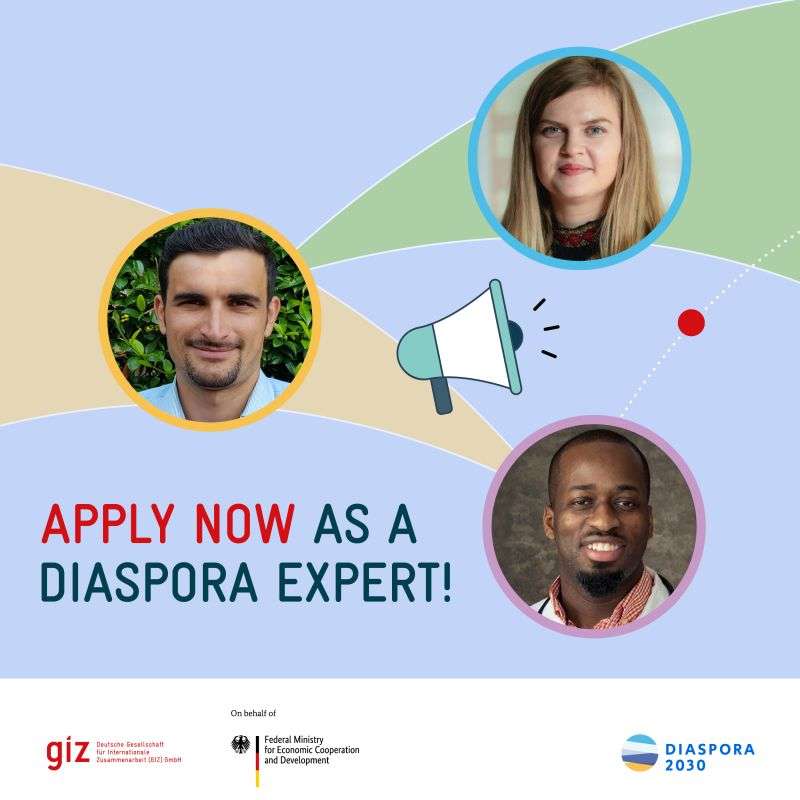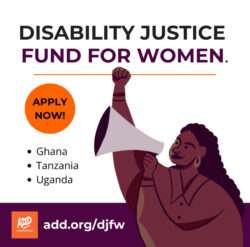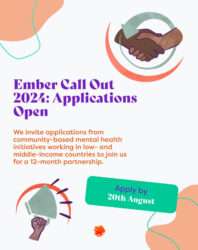
Free UNITAR & UNV Online Courses in the Area of Peace and Security(Certificate awarded)
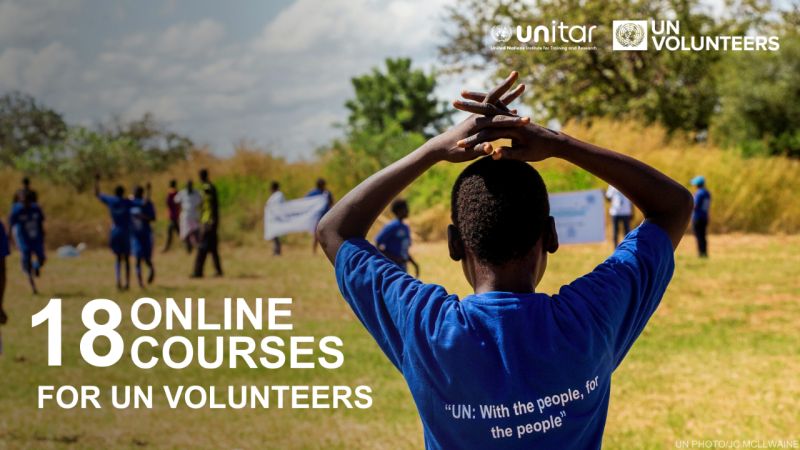
Did you know that UNITAR & United Nations Volunteers offered a series of in-depth online courses covering a whole diverse range of topics in the area of peace and security?
Offered free of charge to all assigned or deployed UN volunteers, the courses are a great opportunity to expand one’s knowledge of such essential topics as conflict prevention, electoral security, women and peacebuilding, and much more.
UNITAR and UNV are delighted to be able to offer all assigned or deployed UN Volunteers the opportunity to take part in a series of courses on topics ranging from Child Soldiers and Security Forces to Electoral Security and Conflict Prevention to Strengthening Civilian Capacities to Protect Civilians. These are self-paced online courses that provide more in-depth insights and advanced knowledge meant to develop professional skills and key competences in the area of conflict, peace and security. The courses are on-going and can be accessed at any time. These courses are available free of charge to all assigned or deployed UN Volunteers. Some prior familiarity with the related field is recommended but not required.
Introduction to Peace Operations
Peacekeeping is one of the many tools employed by the United Nations and other international organizations to help address diverse threats to international peace and security. Since its inception, peacekeeping has contributed to preventing and managing violent conflict between and within states and to the support of national actors in protecting and building peace after conflict. Today, with over 112,000 personnel deployed in 16 missions, the scale of the United Nations’ involvement in peacekeeping operations is unprecedented and the diversity of mission mandates has the diversity of mission mandates requires the UN to deliver on an ever-increasing number of tasks.
The goal of this course is to review the organization of peacekeeping operations by providing an overview of the framework in which they are developed, studying their overall structure, and discussing the roles and responsibilities of the different actors involved.
Over the past decades, the world has witnessed numerous armed conflicts marked by systematic violence and mass atrocities against civilians. In recent years, hundreds of political conflicts around the globe have affected the lives of countless people. Millions of individuals have lost their lives, while tens of millions more have been displaced from your homes and forced to seek refuge in neighboring countries. In war-torn societies, civilians – and in particular women and children – have suffered from gross violations of human rights: mass-killings, detention, torture and rape, forcible resettlements and a range of political, psychological and economic techniques of intimidation have become part of deliberate conflict strategies and are systematically applied as methods of warfare.
In the framework of the United Nations, notable efforts have been put in place to improve the effectiveness of protection of civilians. The notion of protection of civilians has been progressively incorporated in mandates of peace operations. The first mission provided with explicit protection language in the mandate – the UN Peacekeeping Operation in Sierra Leone (UNAMSIL) – was authorized in 1999 – inter alia – “to afford protection to civilians under imminent threat of physical violence”. By 2012, the majority of the nearly 100,000 uniformed UN peacekeepers deployed worldwide operate under such mandate.
The goal of this course is to provide a better understanding of the conceptual framework for the protection of civilians in peace operations.
Child Soldiers and Security Forces
According to the UN Secretary-General’s 2014 Annual Report on Children and Armed Conflict, 7 national armies and 50 armed groups operating in 14 countries recruit and use child soldiers. These children and youth are viewed as cheap and expendable labour, easy to manipulate and to control by commanders. They are used as combatants, messengers, porters and cooks and, forcefully, as providers of sexual services. Some are abducted or forcibly recruited, while others are driven to join by poverty, abuse and discrimination, or by the desire to seek revenge for violence enacted against them or their families. All of these factors make the phenomenon of child soldiers an increased security concern: not only is the security of the children put at risk but also child soldiers present a significant security risk for communities. This concern must effectively include security sectors as part of the solution.
The objective of this course is to provide a better understanding of the phenomenon of child soldiering as well as the reasons behind the use of children in armed conflicts. The course also aims to provide an overview of the possible options for interaction between police, military and child soldiers, as well as possible actions to prevent recruitment and re-recruitment of child soldiers.
Human security first appeared as a post-Cold War attempt to transform the traditional understanding of security – which was framed in terms of the security of the territory from external military aggression and of the protection of national interests in foreign policy. Stemming from the acknowledgement of the complex character of contemporary violence, human security focuses on the protection of individual lives and recognizes that threats to human security can arise in contexts and from sources other than the military.
The goal of the course on Human Security in Post-Conflict Interventions is to present the concept of human security in terms of an organizing standard and to introduce the principles that inform the planning, implementation and evaluation of human security-oriented interventions in post-conflict settings.
Strengthening Civilian Capacities to Protect Civilians
According to the World Bank, more than 1.5 billion people live in countries affected by repeated violence. In absolute terms, the need for direct physical protection of civilians against imminent violence has never been greater than it is today. Local and international actors are struggling to protect all those under direct threat, wherever conflict occurs. A small number of civil society and humanitarian organizations have begun providing direct physical protection to civilians through a method called Unarmed Civilian Protection (UCP), which promotes nonviolent means for a community to protect itself from violence.
The aim of this course is to raise the awareness and understanding of UCP. It starts by explaining the need for UCP, followed by an introduction to its key principles and methods, and finally describing how it fits into wider protection efforts and global discourses.
Transitional Justice and Peacebuilding
With the increasing call for and formation of truth commissions, trials, and other justice mechanisms worldwide, the concept of ‘transitional justice’ has become widespread. Peacebuilding actors face immense challenges when assisting societies devastated by conflict or emerging from repressive rule to re-establish the rule of law and confront large-scale human rights violations. Over the years, the United Nations has acquired significant experience in developing the rule of law and pursuing transitional justice in states emerging from conflict or repressive rule. Experience has demonstrated that promoting reconciliation and consolidating peace in the long term necessitates the establishment or re-establishment of an effective governing administrative and justice system founded on respect for the rule of law and the protection of human rights.
The goal of the course Transitional Justice and Peacebuilding is to present the concept of transitional justice in peacebuilding contexts, providing a holistic overview of current strategies and mechanisms, their nature and practical application, and the challenges and lessons learned that various actors may encounter and apply when participating in peace operations in post-conflict settings.
United Nations Approach to Disarmament, Demobilization and Reintegration
The United Nations Integrated Disarmament, Demobilization and Reintegration Standards (UN IDDRS) bring together knowledge, lessons learnt and good practices on a wide range of issues from concepts, policies and strategies to programme planning, design, management, and monitoring and evaluation. In addition to outlining the basics of each phase of DDR, the IDDRS offer detailed guidance on key issues, such as information and sensitization, food aid and food security, women and gender, children and youth, health and HIV/AIDS and important linkages with other peacebuilding processes.
The goal of the course is to provide participants with an interactive, practical and engaging overview of the IDDRS, familiarizing them with the various components.
Women, Leadership and Peacebuilding
The role of women in peacebuilding is immense. The United Nations Security Council Resolutions (S/RES) 1325, 1888, 1889, 1820 and 2106 reaffirm the key role women can play in re-establishing the fabric of a recovering society and stresses the need for their involvement in the development and implementation of post-conflict strategies. Often only viewed as victims, women also play a key role in preventing violent conflict, resolving it, and rebuilding societies in post-conflict period. Women can act as agents of change, active participants, supporting participants, victims and spoilers, and newly responsible care providers. They can play an active leadership role and positively impact peacebuilding and national development at all levels.
This course introduces the concept of gender as a lens for a more inclusive and nuanced understanding of the challenges faced by men and women in conflict environments. It enables the application of a gender lens to conflict and peace issues and the development of a gender-sensitive capacity-building and leadership approaches for the field. Through four modules, the course provides the conceptual and practical tools for better understanding the different roles that men and women play in peacetime and wartime; gendered impacts of conflict, war and insecurity; and the current work that women’s organisations do in post-conflict contexts to increase women’s leadership and decision-making power in order to transform leadership models, and contribute to peace and conflict resolution activities.
Understanding Conflict and Conflict Analysis
Conflicts and wars have been recurrent throughout history. In 2010, over 300 conflicts have affected the lives of millions of individuals around the world. Despite their different occurrences, conflicts have common characteristics and working mechanisms. Only by analyzing the causes, actors and specific dynamics, conflicts can be efficiently mediated. To this end, conflict analysis is a vital source of information as it helps actors on the ground to gain a better comprehension of the environment in which they work and of their role in preventing the escalation of tensions.
The goal of the course is to provide participants with an overview of the key elements of conflict analysis and how these can be integrated into the context of pre-intervention assessment and planning of a peace operation.
Conflict Resolution
Conflict resolution is the set of methods and approaches used to facilitate the peaceful de-escalation and termination of a conflict. Defined broadly, it may include democratisation or even development. Indeed, political participation through democratic processes may be a method to avoid conflict in the first place or at least to ensure the fair treatment of the causes of the conflict. Alternatively, conflict resolution can be defined more narrowly to refer solely to those efforts undertaken to resolve conflicts directly through communication (negotiation, mediation, peace conference, diplomacy, etc.).
The course explores traditional and alternative techniques in conflict resolution with a narrow focus on activities which directly aim at resolving international conflicts through communication. The course also touches upon existing conflict and conflict resolution theories, methods and practices relevant for the resolution of conflicts in which United Nations peace operations are deployed.
Leadership, Team and Self-Management in Conflict Settings
The unique working environment of peace operations requires a specific set of skills and knowledge for successful mandate’s implementation. The mission’s structure requires the cooperation among many individuals that come from a variety of cultural, political, religious and educational backgrounds. Despite a broad range of personalities involved in a peace operation, all individuals work towards a common goal.
To achieve an efficient and productive collaborative effort, leadership, team work and team management skills are essential. The goal of this course is to provide participants with an overview of theories and practices related to leadership, teamwork and team management, applicable to the specific context of a peace operation.
Electoral Security and Conflict Prevention
Electoral conflict and violence is a broad topic, and can be seen in many different ways. On one end of the spectrum there is electoral violence as experienced in the postelection phase of the Popular Consultation in East Timor (1999) and during the Kenyan presidential and parliamentary elections (2007), which left thousands dead and displaced. Electoral conflict, however, can also manifest itself in personal intimidation, such as the so-called “night letters” delivered by the Taliban warning Afghan voters not to cast ballots in the 2009 presidential election or face personal consequences.
Election security involves the policy and program enforcement necessary to prevent, manage, or mediate electoral conflict. Similarly, within this approach to electoral security programming, electoral dispute resolution, or electoral justice, also constitute a critical element. Dispute resolution offers legal avenues for appeals of every aspect of an electoral process by qualified parties.
This course on “Electoral Security and Conflict Prevention” is designed to provide participants with the knowledge and skills required to examine the nature of electoral conflict and the vulnerabilities which can trigger that conflict; profile incidents of electoral conflict; and employ tools and best practices to prevent, manage, or mediate electoral conflict.
Confronting Trauma
The overall aim of this module is to introduce the international humanitarian, development, and UN communities to the large unmet need for psychological trauma care and therapy.
It starts by describing the different types of stress and trauma and the dire consequences these can have. After the description of the magnitude of the problem, the module then presents some recent innovations in the field of psychology that have opened up dramatic new possibilities, which hold the promise of an effective response at scale. Going to scale, in turn, poses new challenges and opportunities to the main stakeholder audiences for this module.
Understanding and Transforming Stress
Whilst many individuals and organisations all over the world strive for social impact and contribution, an increasing number of people working towards such causes are suffering from burnout, stress, depression and lack of fulfilment and meaning in the workplace. Ultimately this hurts not only those individuals and organisations but also those very social causes which they are working towards, hence underlying the importance of the role which inner work has to play when it comes to creating effective and impactful change in the world. At UNITAR we are working towards creating a series of online and face to face offerings to enable change agents, humanitarian workers and other helpers to increase their inner wellbeing so that they contribute to a better and more peaceful world in a more effective and sustainable way.
This course is the first of the “Wellbeing for Peace” series. As you have cared so much for others, let us help you embark on the journey of taking care of yourself!
The Inside Job of Collaboration
In a world with ever-growing complexity, sustainable solutions can only emerge from successful collaboration.
Overall, this course aims to support you to set your relationships for collaboration, even in difficult situations. Collaboration requires to have the capacity to turn inward, tune into one’s own mindset and needs for self-care as well as the capacity to turn outwards by entering productive dialogue and create support systems to effectively function as a team to address the challenges of highly complex and fast changes environments (such as conflict and post-conflict settings). At UNITAR we are working towards creating a series of online and face to face offerings to enable change agents, humanitarian workers, and other helpers to increase their inner wellbeing so that they contribute to a better and more peaceful world in a more effective and sustainable way.
This course is the second of the “Wellbeing for Peace” series. As you have cared so much for others, let us help you embark on the journey of taking care of yourself!


